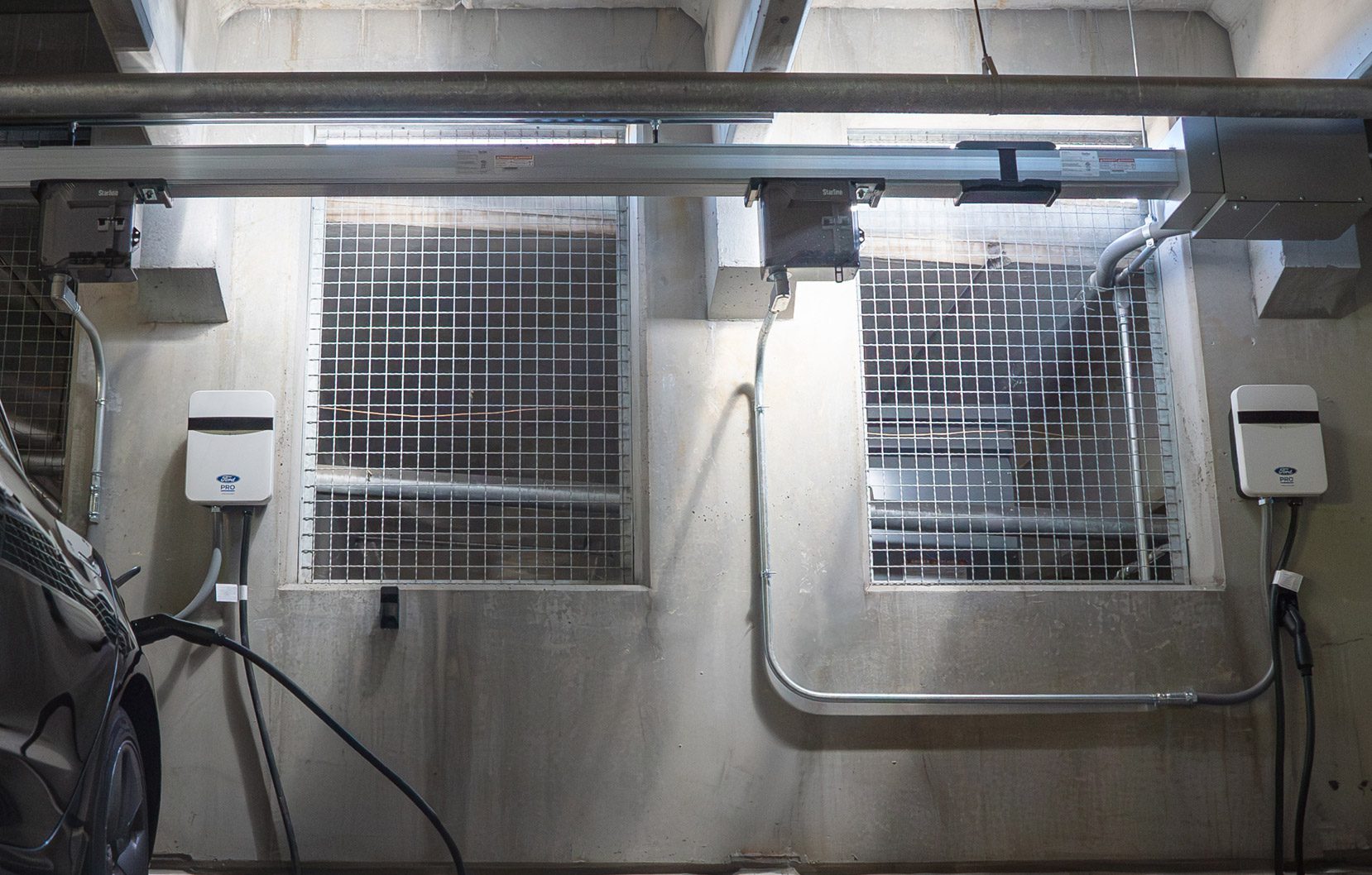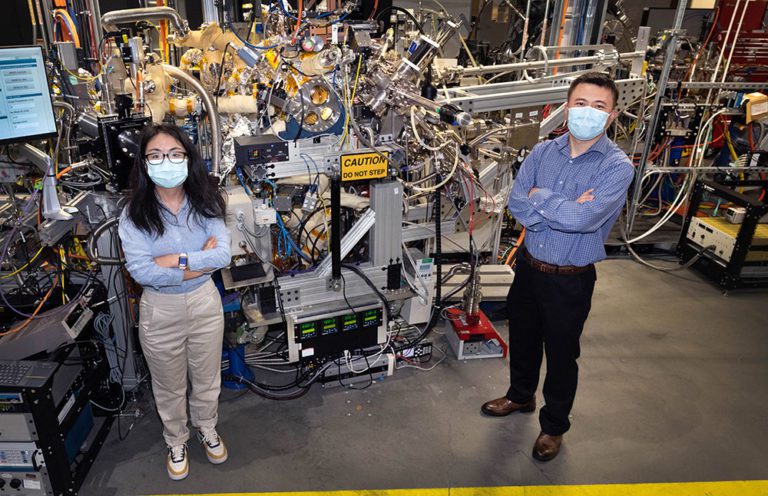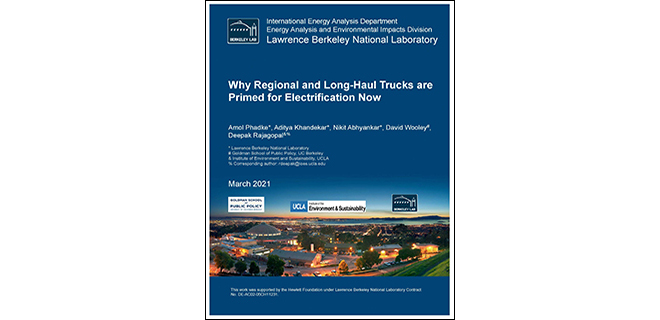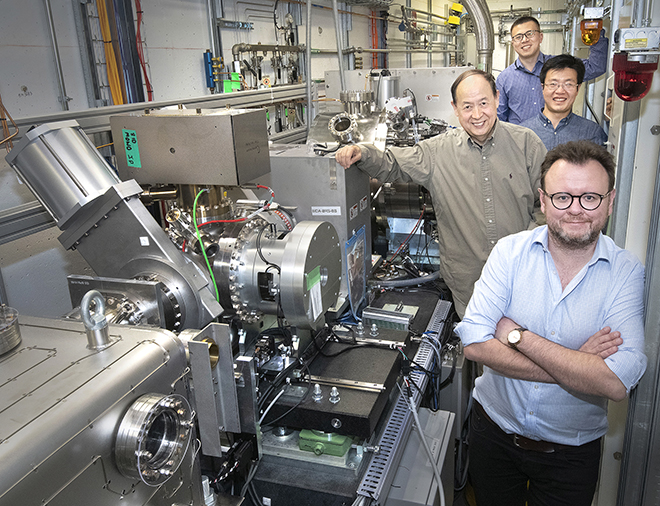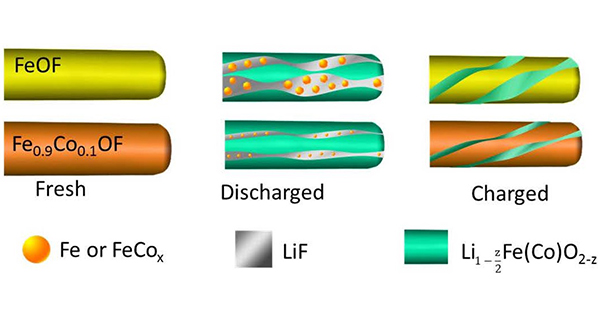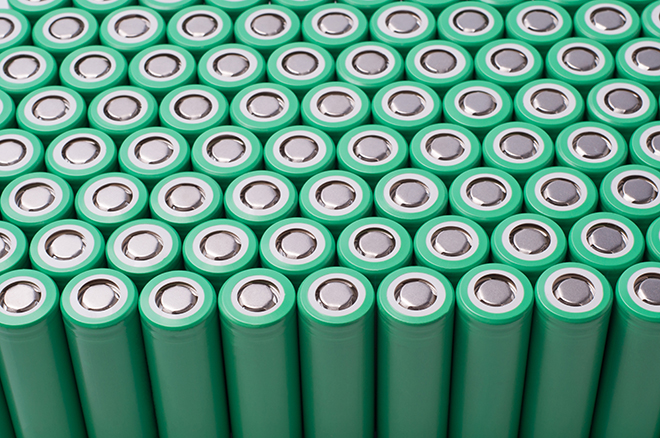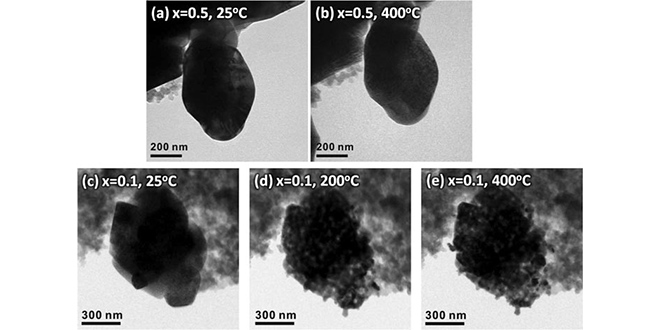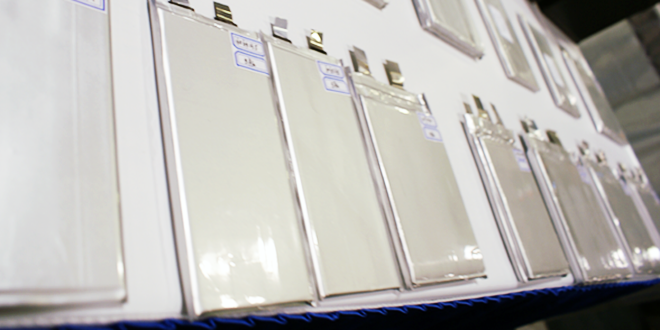A team led by researchers at DOE’s Brookhaven National Laboratory has investigated the benefits of a lithium difluorophosphate additive for electrolytes in lithium batteries with nickel-rich layered cathodes. According to Brookhaven, the possibility of high-energy-density cells composed of nickel-rich layered cathodes and lithium metal anodes is limited by processes that reduce their capacity. In an… Read more »
Search Results Found For: "BNL"
New study says commercial truck electrification is within reach
It’s been a long haul for electric trucks—pilots have been going on for over a decade, but fleet operators are just beginning to put in serious orders. Battery costs are often cited as a barrier to faster adoption, but a new analysis concludes that a lack of appropriate policies around adoption incentives, charging infrastructure, and… Read more »
Researchers track lithium ions in a fast-charging battery
A team of scientists led by the DOE’s Brookhaven National Laboratory and Lawrence Berkeley National Laboratory has captured in real time how lithium ions move in lithium titanate (LTO), a fast-charging battery electrode material made of lithium, titanium and oxygen. They discovered that distorted arrangements of lithium and surrounding atoms in LTO “intermediates” (structures of… Read more »
DOE researchers identify cause of cathode degradation in nickel-rich materials
A team of scientists that includes researchers at the DOE’s Brookhaven National Lab and SLAC National Accelerator Lab has identified the causes of degradation in nickel-rich materials for lithium-ion battery cathodes, as well as possible remedies. Researchers at Brookhaven are part of a DOE-sponsored consortium called Battery500, a group that is working to triple the… Read more »
Iron trifluoride cathode could greatly increase energy density
Researchers from the University of Maryland and the DOE’s Brookhaven National Laboratory have developed a cathode material containing iron trifluoride (FeF3) that they say could triple the energy density of Li-ion batteries. Their research was published in Nature Communications. “Compared to the large capacity of the commercial graphite anodes used in lithium-ion batteries, the capacity of the cathodes is… Read more »
DOE researchers announce major advance toward a solid-state magnesium battery
DOE scientists at the Joint Center for Energy Storage Research (JCESR) have discovered a new magnesium-ion solid-state conductor, a major step towards making solid-state magnesium-ion batteries that are both energy-dense and safe. The liquid electrolyte used in current lithium-ion batteries makes them potentially flammable. Researchers around the world are working to develop a practical solid-state… Read more »
Two-level cathode structure improves battery performance
As the search for a better battery grinds on, a lot of the attention is focused on potential cathode materials. Nickel is one possibility that shows a lot of promise – its drawback is that it is unstable and tends to have destructive reactions with the electrolyte. Now a team of scientists from the Brookhaven… Read more »
Toyota researchers work with Brookhaven National Lab to investigate magnesium batteries
Toyota researchers are collaborating with the Center for Functional Nanomaterials (CFN) at the DOE’s Brookhaven National Laboratory to probe molecular structures and track chemical reactions in magnesium batteries. “Issues related to cost, power, energy density, and durability of Li-ion batteries have slowed their implementation in large-scale applications, such as electric and hybrid vehicles,” said Toyota… Read more »
Analyzing heat-driven decay in nickel-cobalt-aluminum batteries
A set of three recent studies funded by the Korean government investigated a family of lithium-ion batteries composed of nickel, cobalt and aluminum. NCA batteries offer high energy density, but degrade significantly with each charge/discharge cycle. The high heat of vehicle environments can intensify the degradation, and even cause complete battery failure. Researchers at the… Read more »
Brookhaven scientists gain new insight into why fast charging reduces battery capacity
Using a new method to track the electrochemical reactions in a battery, scientists at the DOE’s Brookhaven National Laboratory have gained new insight into why fast charging inhibits performance. The results, published in Nature Communications, could help battery makers to optimize materials for faster-charging batteries. “Our work was focused on developing a method to track… Read more »

